
The first draft of the Web Content Accessibility Guidelines (WCAG) 2.1 was published on February 28th by the World Wide Web Consortium (W3C) and is available for comments until the end of this month.
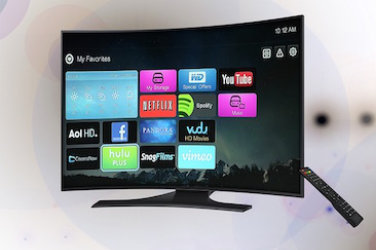
The deadline to implement the Federal Communications Commission (FCC) accessibility requirements for controls, menus, and program guides for TVs, set-top boxes and other devices was reached on December 20th.

The U.S. Department of Health & Human Services, through the Administration for Community Living (ACL), has given Dicapta resources for the first stage of its project “Digital Aided Descriptions (DAD): An application to encourage learning through creativity and dialogue.”
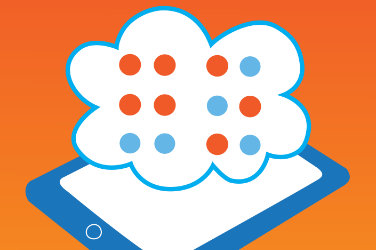
Through the years, we have provided access to audiovisual media for people with sensory disabilities. We have worked closely with people who are deaf-blind and it has inspired us to find solutions for their needs.
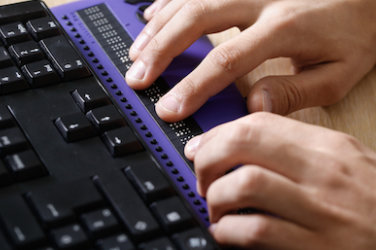
On August 4th, the Federal Communications Commission – FCC, made permanent the iCanConnect program that provides free communications equipment to low-income individuals who are deaf-blind.
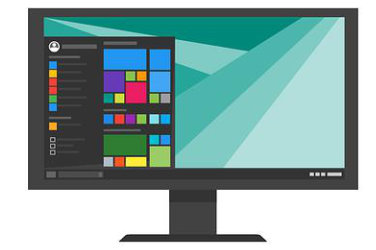
The Windows 10 Anniversary upgrade is available starting today, August 2nd. Besides improvements in security and productivity, we are glad to hear that there is emphasis on providing better accessibility and that the upgrade is free for customers who use assistive technologies.
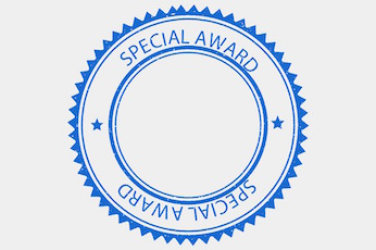
On June 13th, the FCC Chairman's Awards for Advancement in Accessibility were recognized at the M-Enabling Summit in Arlington, Virginia. The awards are a FCC program that recognizes “products, services, standards and other innovative developments that improve the experience of people with disabilities in telecommunications and technology.”
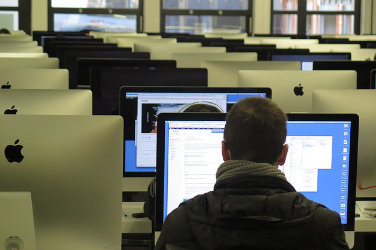
The first in-person workshop of the Teach Access initiative happened last April at Yahoo headquarters in California.
But, what is the Teach Access Initiative? It is a collaboration effort between several high tech companies, universities and disability advocates aiming to make technology more accessible to people with disabilities. This effort was launched last year, at the 25th anniversary of Americans with Disabilities Act (ADA).
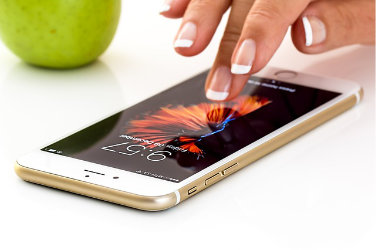
When we talk about Accessible Technologies we usually think about technology that helps people with disabilities to have equal access. However, accessibility works the other way around, the technology created with people with disabilities in mind can also make every body else’s life easier.